|
Sep/Oct 2021 edition Issue #18 AutoMobilia Resource Magazine Story and photography from Dr. Fred Simeone and The Simeone Foundation Museum
Vintage oil cans have, through the years, steadily gained popularity as collector’s items. Their accessibility, combined with their diversity in design, size, and shape, make oil cans one of the more exciting things to collect and talk about in the world of petroliana.
This leads to the particular oil can shown here, which we have very recently discovered, and it is now a part of our library’s collection. Based on our research, we think this might be the oldest surviving oil can in the world. We believe this very clear image is that of an 1897 De Dion-Bouton. The clarity is remarkable, especially when you consider this can will most likely be 125 years old next year. The young lady, dressed in what appears to be Victorian garb, only strengthens our belief that our estimation to its age is correct.
[Editor’s Note: Amazingly, this rarity was found on eBay, of all places!] To read more great columns like this one from expert Dr. Fred Simeone...
|
The Simeone ConnectionFor over five decades, Dr. Simeone assembled what has been recognized as one of the world’s great collections of racing sports cars. He launched the Simeone Foundation Automotive Museum in 2008. ArchivesCategories |
Home
|
Subscribe
|
|
Automobilia Resource LLC
1217 Cape Coral Pkwy East #178 Cape Coral, Florida 33904 Main office: 954-579-5280 Subscriptions: 224-558-8955 Editor: 631-258-9887 |
Copyright © 2023 Automobilia Resource LLC. All Rights Reserved

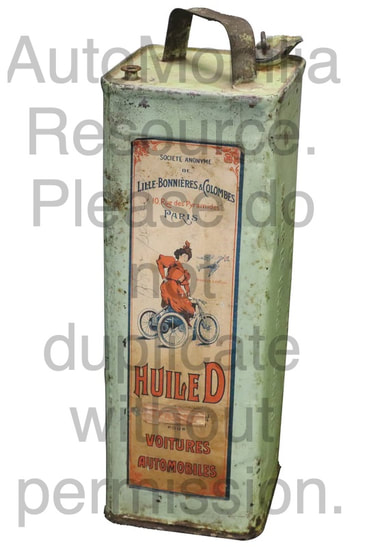
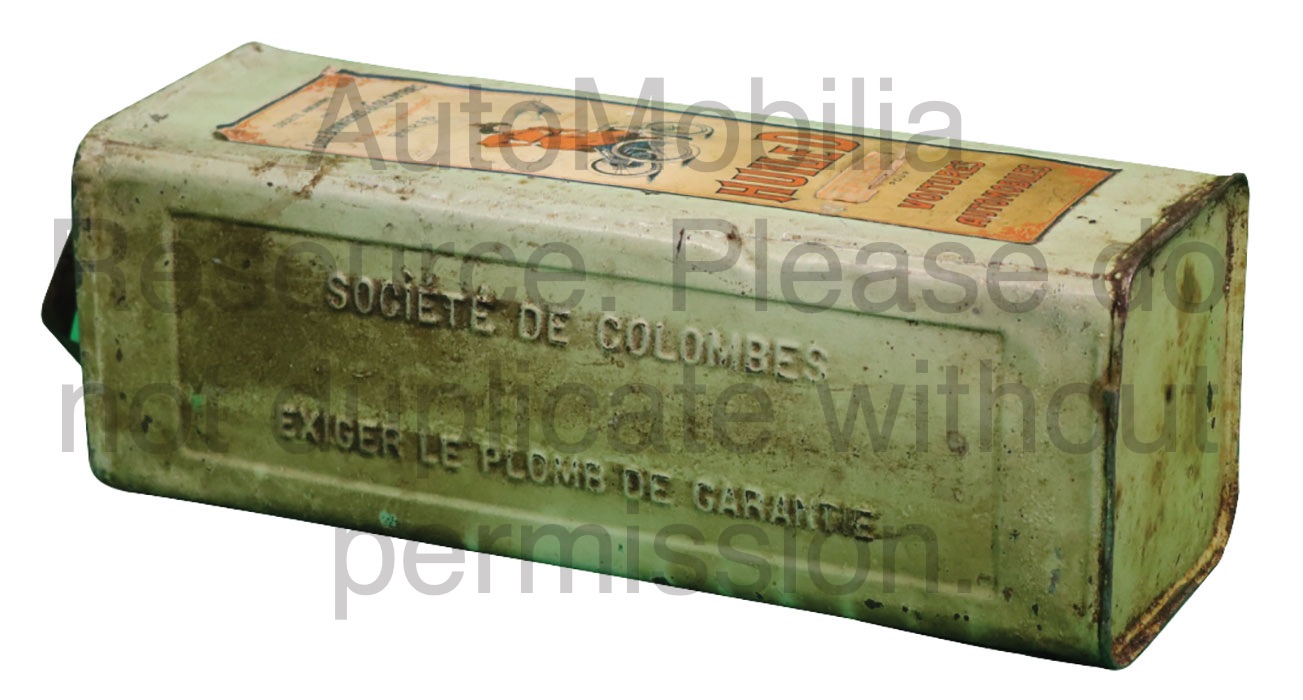
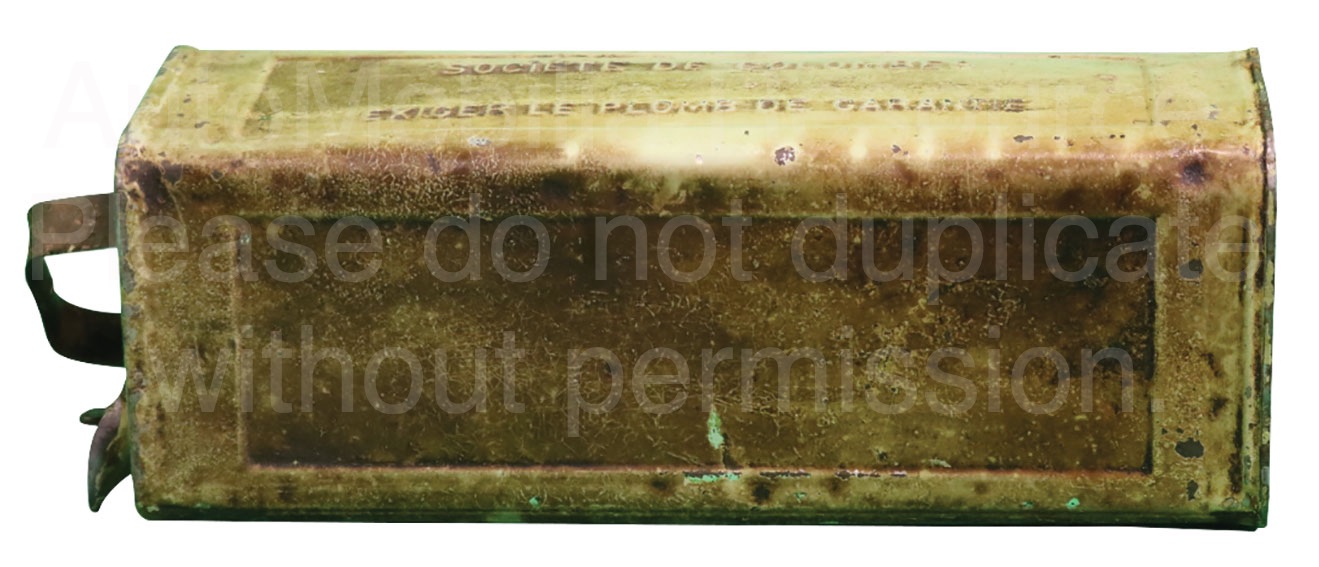
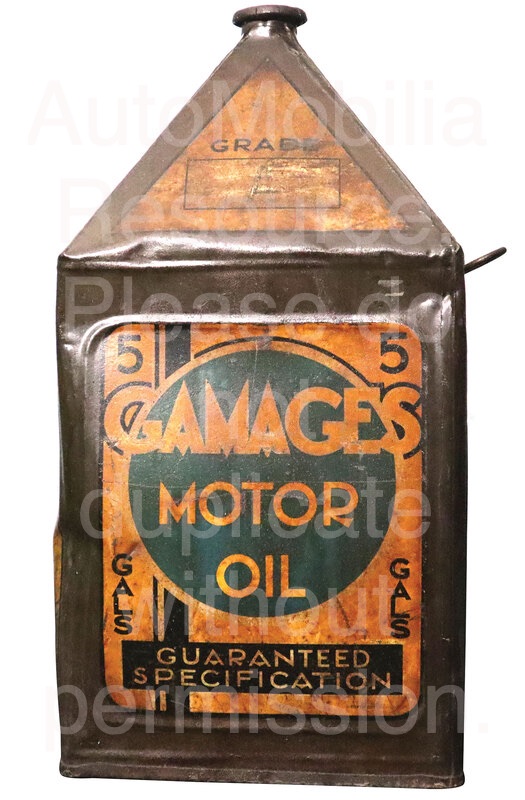
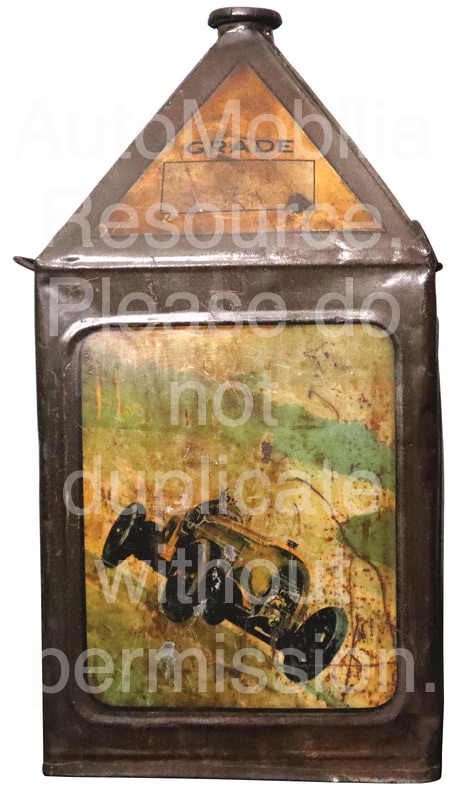
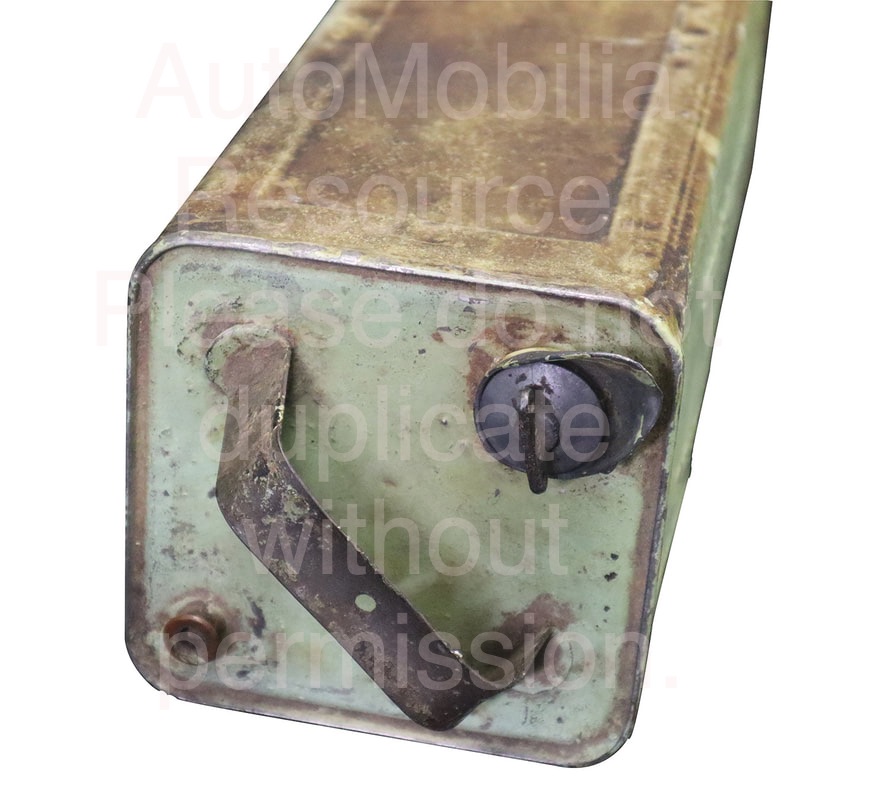
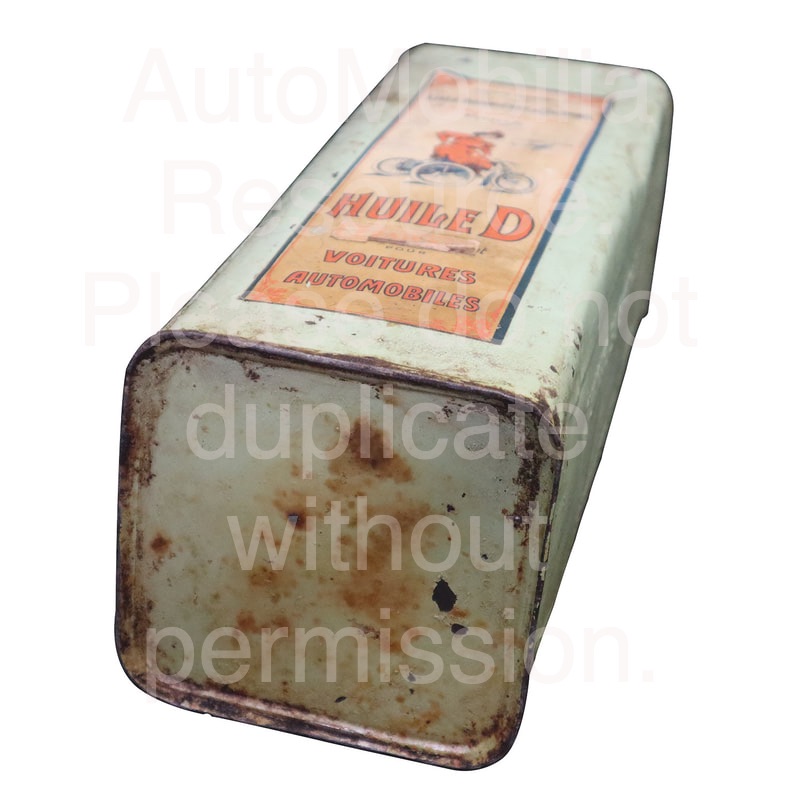
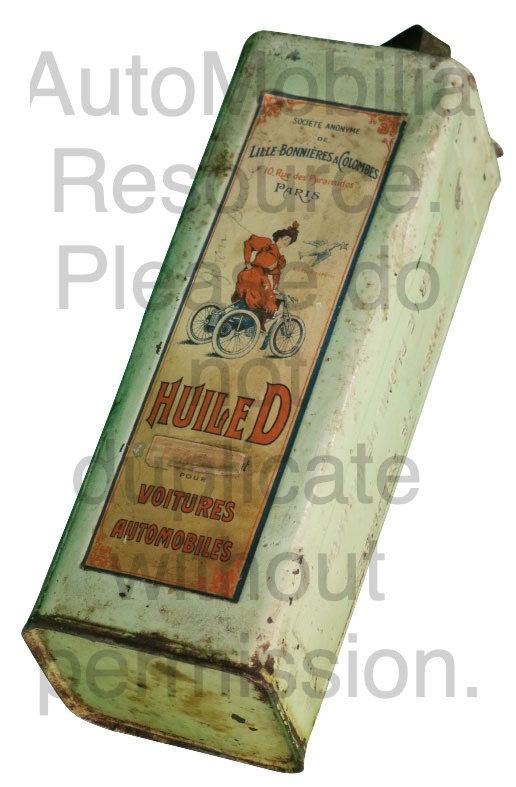

 RSS Feed
RSS Feed